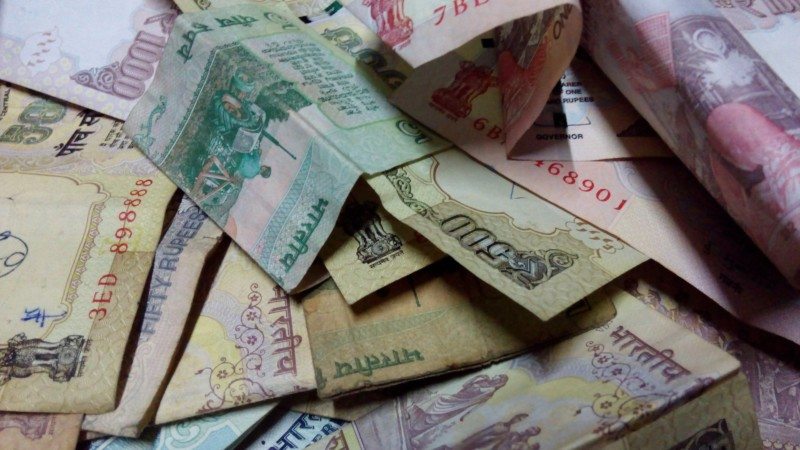As many of you may have heard by now, the Prime Minister of India: Mr. Narendra Modi just announced a ‘surgical’ move to remove all current 1000 rupee and 500 rupee notes out of circulation. This act aims to force people with large sums of ‘black money’ to pay taxes or possess bills, which are essentially worth nothing to them.

Article 5 of the cabinet decision states the following:
In order to implement the above decisions of the Government and keeping in view the need to minimise inconvenience to the public, the following operational guidelines have been issued:-
(i) Old High Denomination Bank Notes may be deposited by individuals/persons into their bank accounts and/or exchanged in bank branches or Issue Offices of RBI till the close of business hours on 30th December, 2016.
(ii) Old High Denomination Bank Notes of aggregate value of Rs.4,000/- only or below held by a person can be exchanged by him/her at any bank branch or Issue Office of Reserve Bank of India for any denomination of bank notes having legal tender character, provided a Requisition Slip as per format to be specified by RBI is presented with proof of identity and along with the Old High Denomination Bank Notes. Similar facilities will also be made available in Post Offices.
(iii) The limit of Rs.4,000/- for exchanging Old High Denomination Bank Notes at bank branches or at issue offices of Reserve Bank of India will be reviewed after 15 days and appropriate notification issued, as may be necessary.
(iv) There will not be any limit on the quantity or value of Old High Denomination Bank Notes to be credited to the account of the tenderer maintained with the bank, where the Old High Denomination Bank Notes are tendered. However, in accounts where compliance with extant Know Your Customer (KYC) norms is not complete, a maximum value of Rs.50,000/- of Old High Denomination Bank Notes can be deposited.
(ix) Withdrawal from ATMs would be restricted to Rs.2,000 per day per card up to November 18, 2016. The limit will be raised to Rs.4,000 per day per card from November 19, 2016 onwards.
So what does all of this mean for all of us travelers?
- By March 31st of 2017, all 1000 and 500 INR notes MUST have been exchanged for new notes of the same denomination . After this date these currency notes are worthless!
- By Dec 30, 2016, all 1000 and 500 INR notes MUST have been deposited into an Indian bank.
- Temporarily for Indians, no more than 2000 INR can be withdrawn from the bank as cash.
- All credit card and check transactions shall proceed as normal
As of now the rupee has appreciated 40 paisa against the USD, and I expect it will continue to appreciate after markets open tomorrow morning in India. This obviously also depends on U.S elections.
Here is the link to the official memo from the Indian Government, if you care to read it for yourself.
Bottom Line:
Have a friend exchange your currency for you in India at a post office or bank. I would say you should head to a U.S bank to exchange your currency for USD, but that usually means the worst exchange rates.
Hat Tip to Mr. Modi on fighting money laundering and tax evasion by the Indian elite and others involved in these schemes. This should expose any loop holes as well in the system so that they can be plugged.



This are interesting facts written interestingly.. Thanks for sharing this information